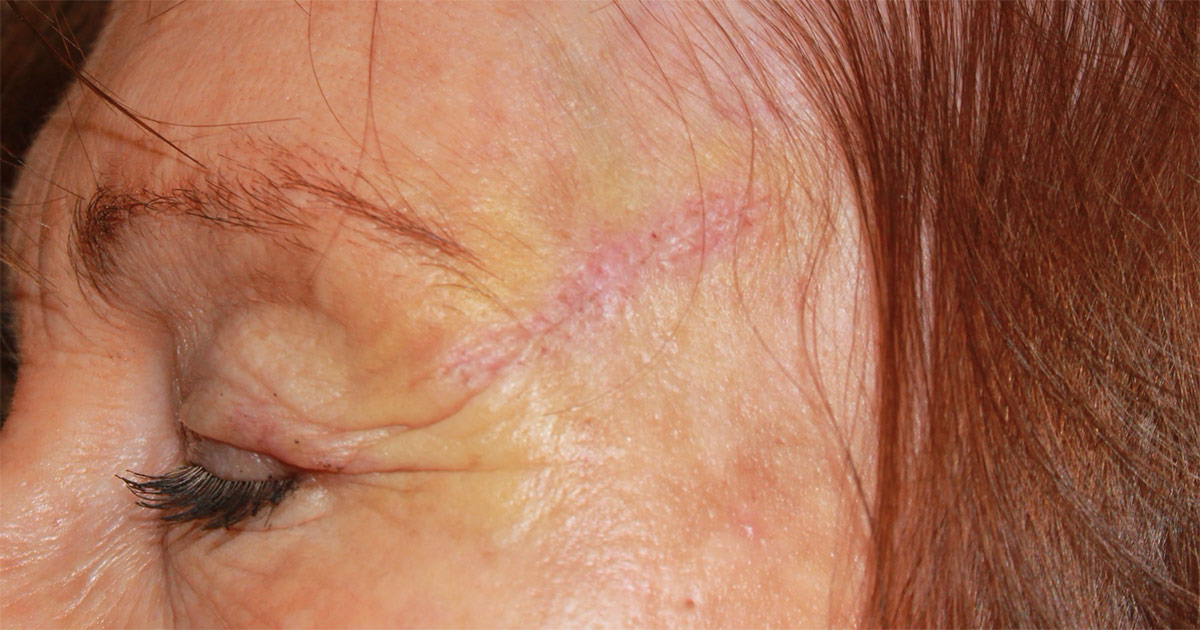Skin Cancer Surgery
The following information sheet is intended to assist patients undergoing surgery for skin cancer with Dr Nicholas Lotz.
-
Patient Information
Fact Sheet
-
Tags
Surgery for
Skin Cancer
skin-cancer-surgery-excision-icon-2
At least 2 in 3 Australians will be diagnosed with some form of skin cancer before the age of 70. Men are more likely to be affected and more likely to die from skin cancer than women. Early detection and treatment is vital to have the best outcomes.
Dr Lotz has treated thousands of skin cancer patients, and is able to advise you what type of surgery you require or arrange alternative treatment if your type of skin cancer does not require surgery.
A large number of these procedures can be performed under local anaesthetic in our office, whereas larger, more complicated cases will require surgery in hospital, usually as day surgery.
Cancers that are commonly treated include:
- BCC (Basal cell carcinoma)
- SCC (squamous cell carcinoma)
- Melanoma
Before the
surgery
During the consultation Dr Lotz will describe the options for treatment available to you. Often a simple excision is all that is required, but if your skin cancer is larger then you may require a more complex reconstruction.
You will be given a detailed quotation prior to surgery which outlines all relevant costs.
It is important to let us know if you are on any blood thinning medications as you may need to stop them prior to your surgery.
You should also cease smoking a month before and a month after your surgery to reduce the risk of skin healing problems.
The surgery
For procedures done in the rooms, you are not required to fast, and you will be able to drive home. For larger procedures in hospital you will need someone to pick you up after the surgery.
Surgical procedure
After the skin cancer is removed, it may need a skin graft or a skin flap to reconstruct the area. This more complicated surgery will usually be done in the hospital.
For a skin graft, some skin is removed from elsewhere on the body (that has a good colour match with the area), and the skin is sutured into place. If a skin flap is performed, it involves freeing up some skin from adjacent to the defect, and then moving this into the area where the cancer was removed.
The area will be covered with a light dressing at the end of the surgery.
After the surgery
Post-operative recovery
Most patients go home the same day. You will be given detailed instructions as to how to manage your dressings, if you can shower, and what activities to avoid.
Follow-up
You will be seen a week after surgery to remove any dressings, take out stitches, and be given advice as to how to manage the area. Dr Lotz will also discuss the best treatment in order to help minimise scarring.
Risks of skin cancer surgery
- Infection
- Bleeding
- Scarring (may require extra treatment or surgery)
- Incomplete removal of the cancer needing more surgery
- Nerve injury (numbness or motor nerve changes)
- Scars may be red for some time
- Swelling
- Poor healing, especially of skin grafts on the leg
Before & After
Case Example 1:
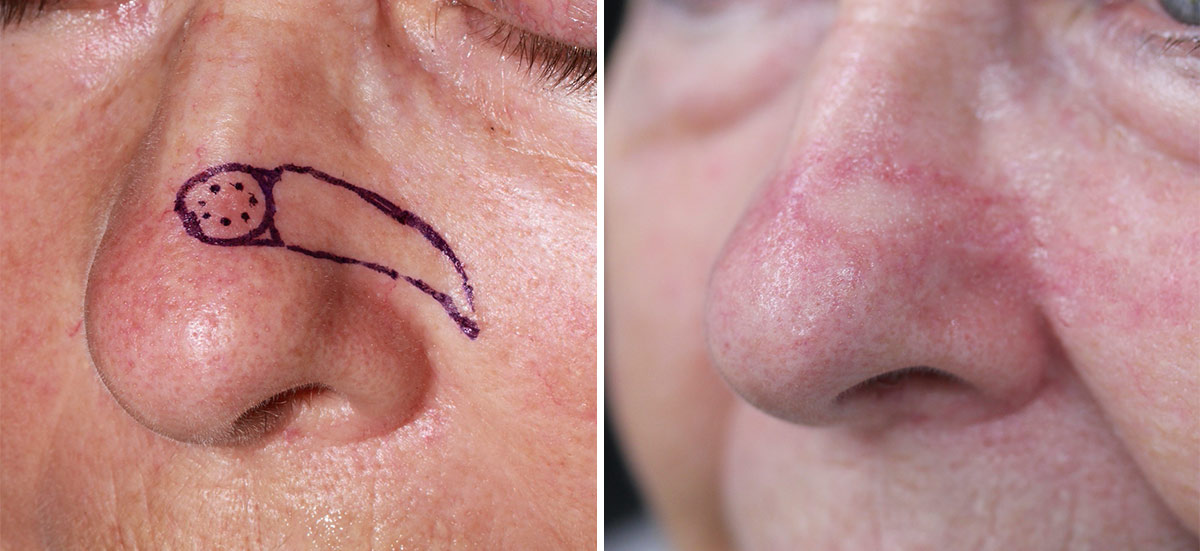
Basal Cell Carcinoma (BCC) - Skin Cancer Surgery - Nose Flap Rep
Case Example 2:
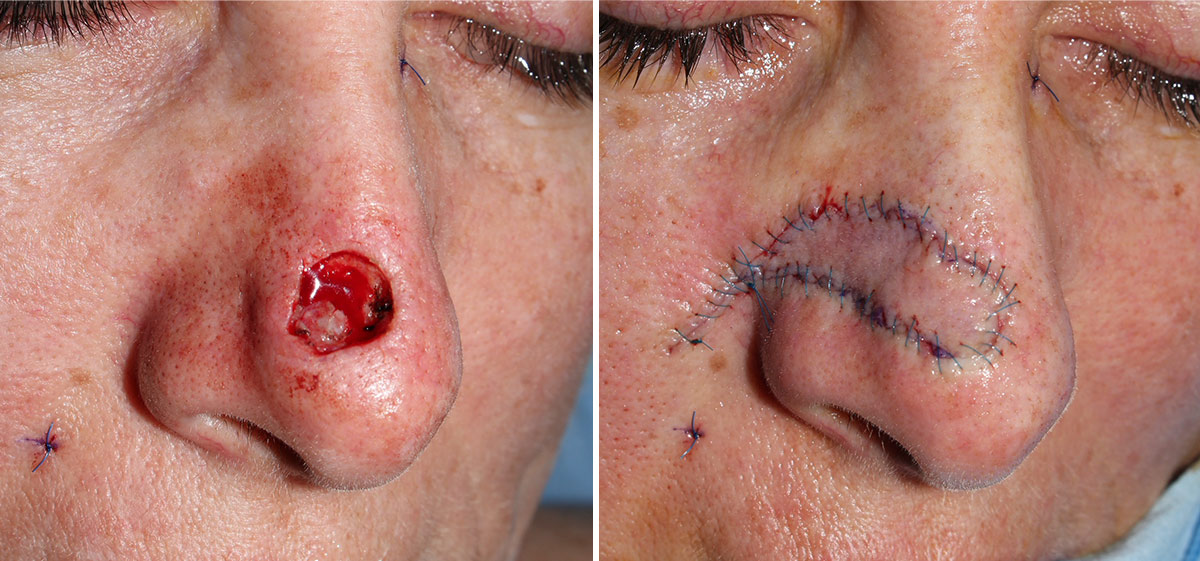
Basal Cell Carcinoma - Skin Cancer Surgery - Nose Flap Repair
at 6 months:
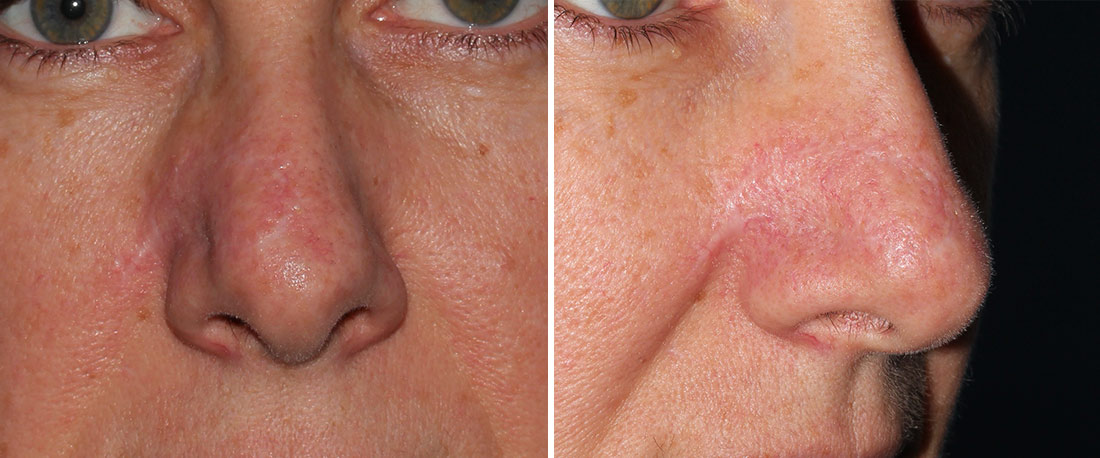
Basal Cell Carcinoma - Skin Cancer Surgery - Nose Flap Repair
Case Example 3:
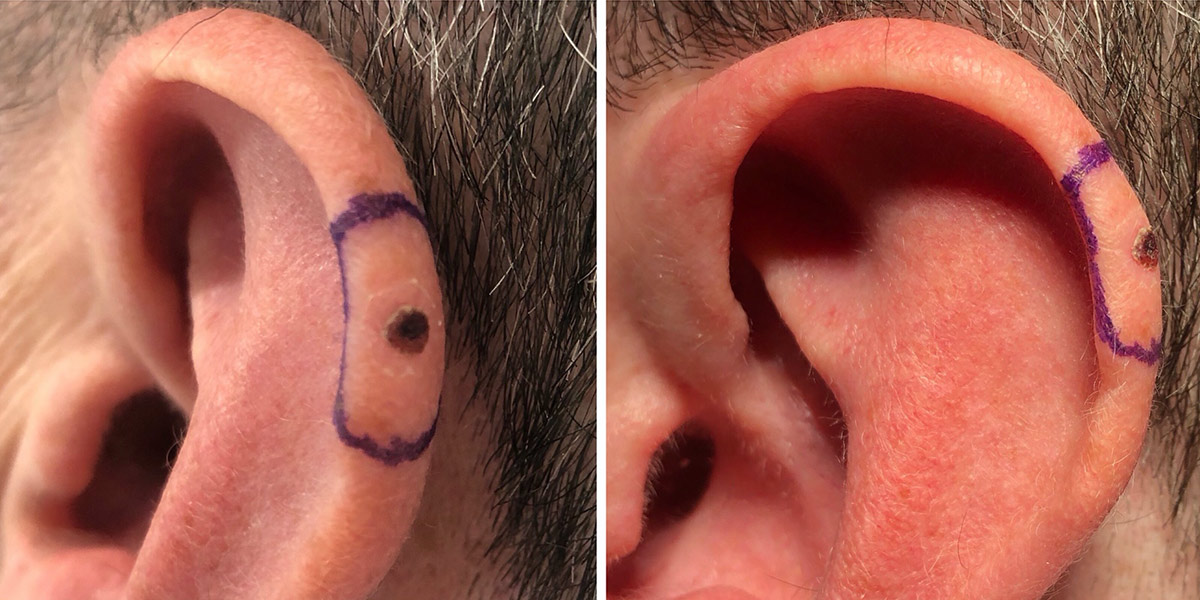
Before: Skin cancer surgery - Melanoma excised from the ear and treated with a skin graft taken from behind the ear.
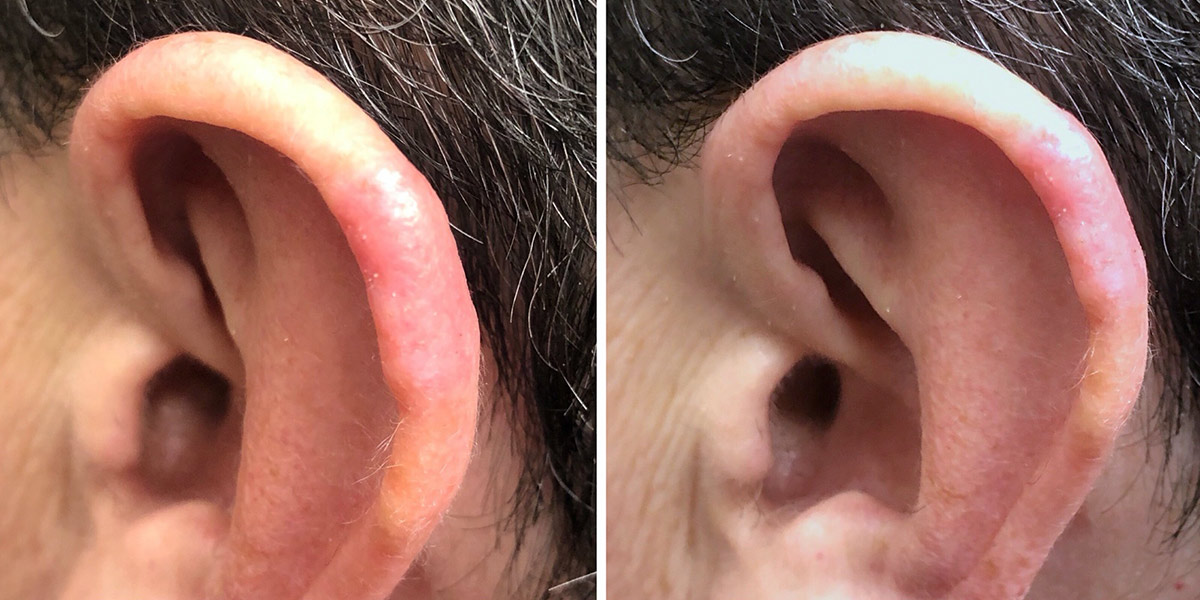
After: 3 weeks following surgery - Melanoma excised from the ear and treated with a skin graft taken from behind the ear.
Before & After
Case Example 4A:
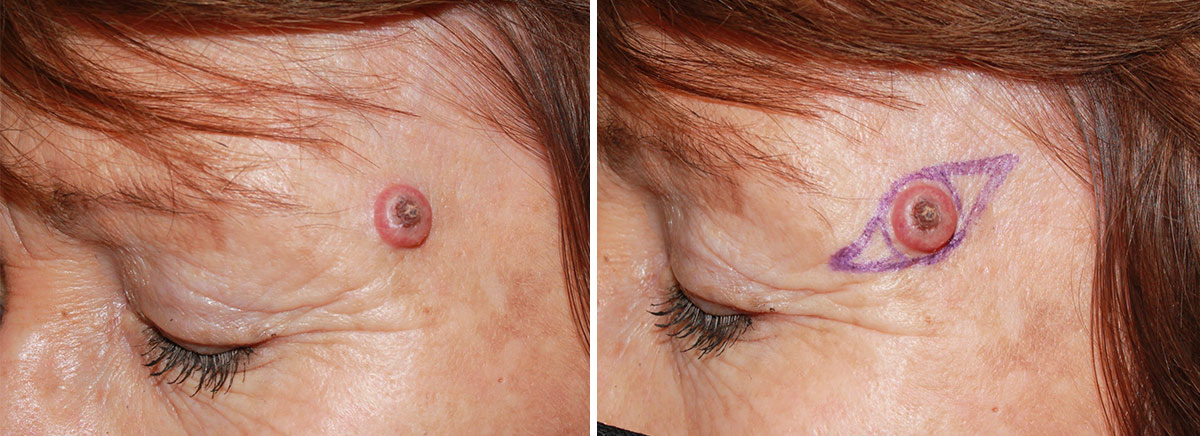
Squamous Cell Carcinoma (SCC) - Skin Cancer Surgery using local
Case Example 4B:
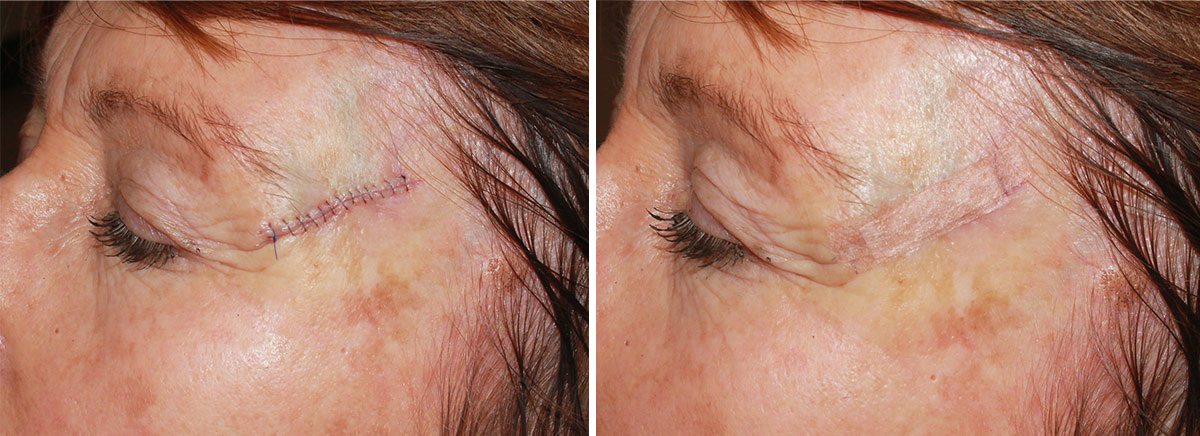
Squamous Cell Carcinoma (SCC) - Skin Cancer Surgery using local
Case Example 4C:
